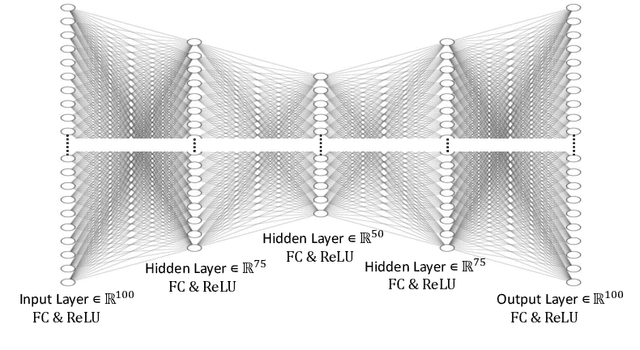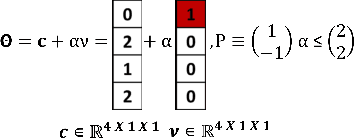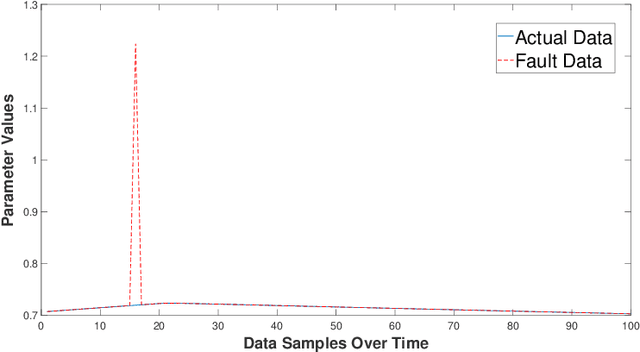Neelanjana Pal
Institute for Software Integrated Systems, Vanderbilt University,
Formal Verification of Long Short-Term Memory based Audio Classifiers: A Star based Approach
Nov 16, 2023Abstract:Formally verifying audio classification systems is essential to ensure accurate signal classification across real-world applications like surveillance, automotive voice commands, and multimedia content management, preventing potential errors with serious consequences. Drawing from recent research, this study advances the utilization of star-set-based formal verification, extended through reachability analysis, tailored explicitly for Long Short-Term Memory architectures and their Convolutional variations within the audio classification domain. By conceptualizing the classification process as a sequence of set operations, the star set-based reachability approach streamlines the exploration of potential operational states attainable by the system. The paper serves as an encompassing case study, validating and verifying sequence audio classification analytics within real-world contexts. It accentuates the necessity for robustness verification to ensure precise and dependable predictions, particularly in light of the impact of noise on the accuracy of output classifications.
* In Proceedings FMAS 2023, arXiv:2311.08987
Robustness Verification of Deep Neural Networks using Star-Based Reachability Analysis with Variable-Length Time Series Input
Jul 26, 2023Abstract:Data-driven, neural network (NN) based anomaly detection and predictive maintenance are emerging research areas. NN-based analytics of time-series data offer valuable insights into past behaviors and estimates of critical parameters like remaining useful life (RUL) of equipment and state-of-charge (SOC) of batteries. However, input time series data can be exposed to intentional or unintentional noise when passing through sensors, necessitating robust validation and verification of these NNs. This paper presents a case study of the robustness verification approach for time series regression NNs (TSRegNN) using set-based formal methods. It focuses on utilizing variable-length input data to streamline input manipulation and enhance network architecture generalizability. The method is applied to two data sets in the Prognostics and Health Management (PHM) application areas: (1) SOC estimation of a Lithium-ion battery and (2) RUL estimation of a turbine engine. The NNs' robustness is checked using star-based reachability analysis, and several performance measures evaluate the effect of bounded perturbations in the input on network outputs, i.e., future outcomes. Overall, the paper offers a comprehensive case study for validating and verifying NN-based analytics of time-series data in real-world applications, emphasizing the importance of robustness testing for accurate and reliable predictions, especially considering the impact of noise on future outcomes.
Work In Progress: Safety and Robustness Verification of Autoencoder-Based Regression Models using the NNV Tool
Jul 14, 2022



Abstract:This work in progress paper introduces robustness verification for autoencoder-based regression neural network (NN) models, following state-of-the-art approaches for robustness verification of image classification NNs. Despite the ongoing progress in developing verification methods for safety and robustness in various deep neural networks (DNNs), robustness checking of autoencoder models has not yet been considered. We explore this open space of research and check ways to bridge the gap between existing DNN verification methods by extending existing robustness analysis methods for such autoencoder networks. While classification models using autoencoders work more or less similar to image classification NNs, the functionality of regression models is distinctly different. We introduce two definitions of robustness evaluation metrics for autoencoder-based regression models, specifically the percentage robustness and un-robustness grade. We also modified the existing Imagestar approach, adjusting the variables to take care of the specific input types for regression networks. The approach is implemented as an extension of NNV, then applied and evaluated on a dataset, with a case study experiment shown using the same dataset. As per the authors' understanding, this work in progress paper is the first to show possible reachability analysis of autoencoder-based NNs.
* In Proceedings SNR 2021, arXiv:2207.04391
 Add to Chrome
Add to Chrome Add to Firefox
Add to Firefox Add to Edge
Add to Edge